There are designers who devoted to jewelry their whole interest, their passion and their workmanship. They are the ones to whom we dedicate the third edition of the Design Room of the “Museo del Gioiello”: they are the designers without design. This definition could seem like an oxymoron, how can a designer be without design? From my point of view, this means that design never actually considered jewelry as part of its field of interest, nor even part of its communication set. But there are some designers, and they are the ones we introduce in this edition, who are not artisans, nor artists; they are actual planners who brought in jewelry, which is their only field of interest, the processes, the research and the methodologies typical of design, regarding both materials and technologies.
There are designers who devoted to jewelry their whole interest, their passion and their workmanship. They are the ones to whom we dedicate the third edition of the Design Room of the “Museo del Gioiello”: they are the designers without design. This definition could seem like an oxymoron, how can a designer be without design? From my point of view, this means that design never actually considered jewelry as part of its field of interest, nor even part of its communication set. But there are some designers, and they are the ones we introduce in this edition, who are not artisans, nor artists; they are actual planners who brought in jewelry, which is their only field of interest, the processes, the research and the methodologies typical of design, regarding both materials and technologies.
Design is one of the disciplines most linked to contemporaneity and its cross-fertilizations, and yet, it is surprisingly uninterested in and neglectful of jewellery. This selection is dedicated to Italian designers that exclusively devote themselves to jewellery and have made it their main expression.
Anello, Doppio pino, 1995
Monica Castiglioni
1995
Double pine cone
Ring
Bronze
46x26x 35 mm
Material can also be used to hide a solution to a design dilemma. Monica Castiglioni’s ‘Doppio pino pieno’ (‘Double solid pine’) ring, for example, meets the needs of a customer suffering from crippling arthritis. While the imperfection of the four stems that form the ring seems to almost exorcise the disease, the material with which it is made, bronze, has a real function. Bronze is an alloy of copper and tin and it has been proven that copper helps to reduce patients’ joint pains.
Spilla, Stella, 2016
Emma Francesconi
2016
Star
Brooch
Titanium
120x120 mm
Emma Francesconi exploits the lightness of the material to create a curved, soft weaves of screws, washers and bolts. Fascinated and attracted by these elements found on the shelves of hardware stores, she linked them together to create a patented mesh that consists of a basic element made of two screws, whose heads remain inside a washer, blocked by self-locking nuts. These three elements form the basis of her work. Depending on their lengths, diameters and density, they produce pieces of jewellery with highly varied features.
Giancarlo Montebello
Giancarlo Montebello
2001
Fish, Superlight collection
Bracelet
Stainless steel, chemical cut process, rose cut diamond etching
295 x 200 mm
The 2001 ‘Superleggeri’ (‘Superlight’) collection by GianCarlo Montebello was a tribute to the master Gio Ponti and a celebration of innovation. The ‘Pesce’ bracelets, made of stainless steel, are the result of a chemical cutting process, a technology that enables the creation of highly precise details with a complex geometry and with a great variety of sizes and thicknesses.
Collana, anello, Bamboo collection, 2004
Daniela Vettori
2004
Bamboo collection
Necklace, ring
750 gold, brilliant cut diamonds; entirely fire-worked by hand and hammered according to ancient gold processing techniques.
ring 42x15x30 mm; necklace 265x135 mm
With her ‘Bamboo’ line, Daniela Vetori recalls a trip to Japan in the late ‘90s when she was struck by the vision of a bamboo forest towering in the sky. This led to the design of empty, but robust cylindrical elements with soft grooves that reveal their souls and precious weaves that envelop them, combining Eastern precision with Western sinuosity.
Anello, Penrose Ring 3, 2017
Omri Revesz per Maison 203
2017
Penrose Ring 3
Ring
Hand-painted polyamide
30x20x24 mm
The Penrose collection, designed by Omri Revesz, returns to the tiling discovered by Roger Penrose and Robert Aman in 1974: a geometric design which, combining two rhombuses of different sizes, creates an infinite pattern. A mathematical structure that becomes a platform for unlimited design possibilities.
Spilla, Vibrations 12, 2017
Stefania Lucchetta
2017
Vibrations 12
Brooch
Titanium, white gold
86x86,5 mm
Stefania Lucchetta focused her research not only on the lightness and complexity of structures, but also on investigating colour shades that can be obtained by reflecting light on titanium surfaces. The ‘Vibrations’ brooch plays with colour shades and the appearance of surfaces thanks to the varied angles of the slim blades that form the object, which is large but perfectly wearable since it is not too heavy.


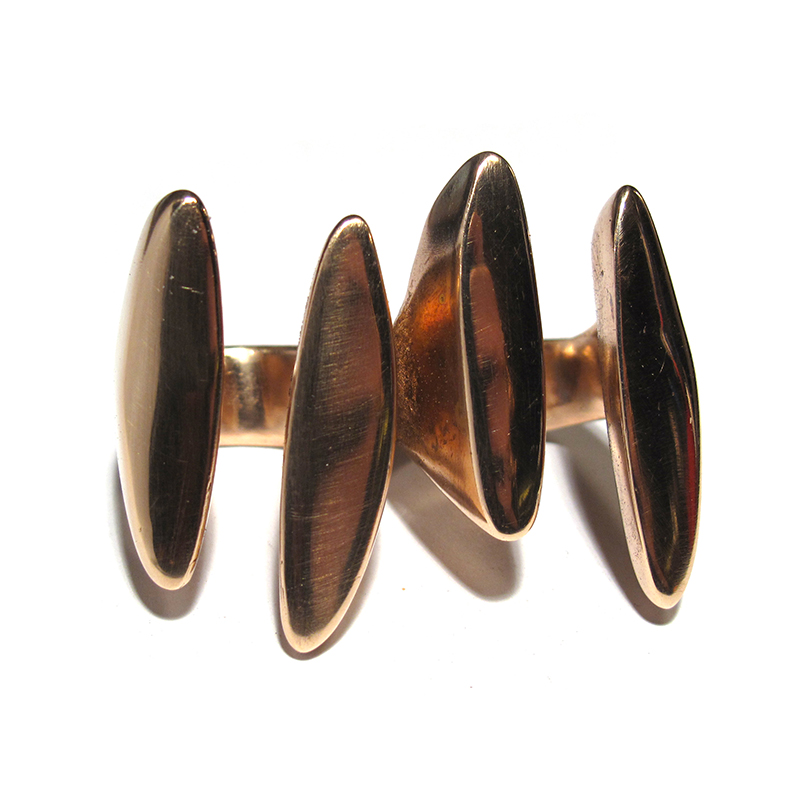
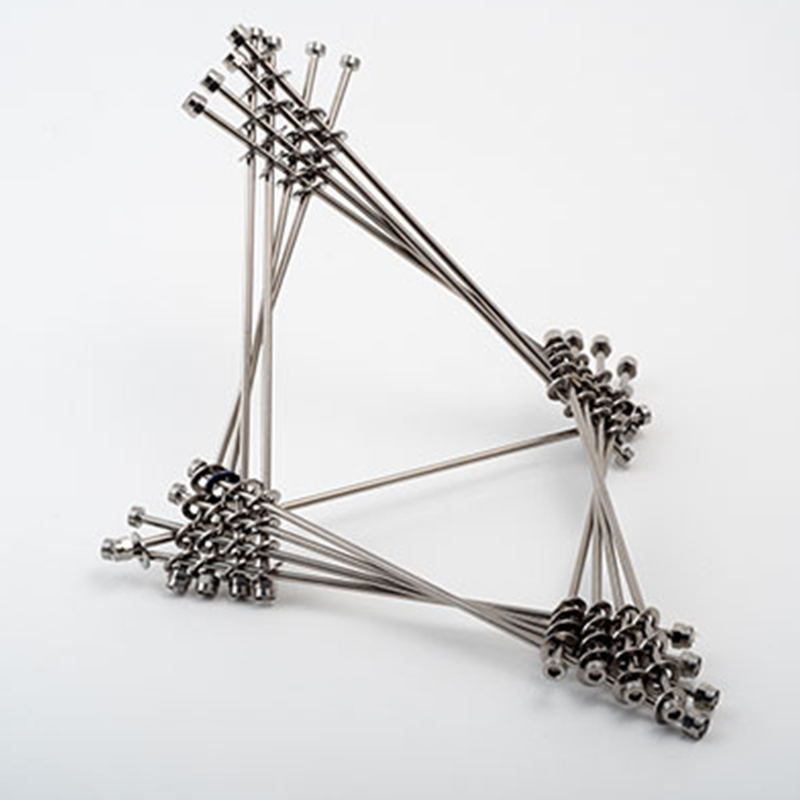
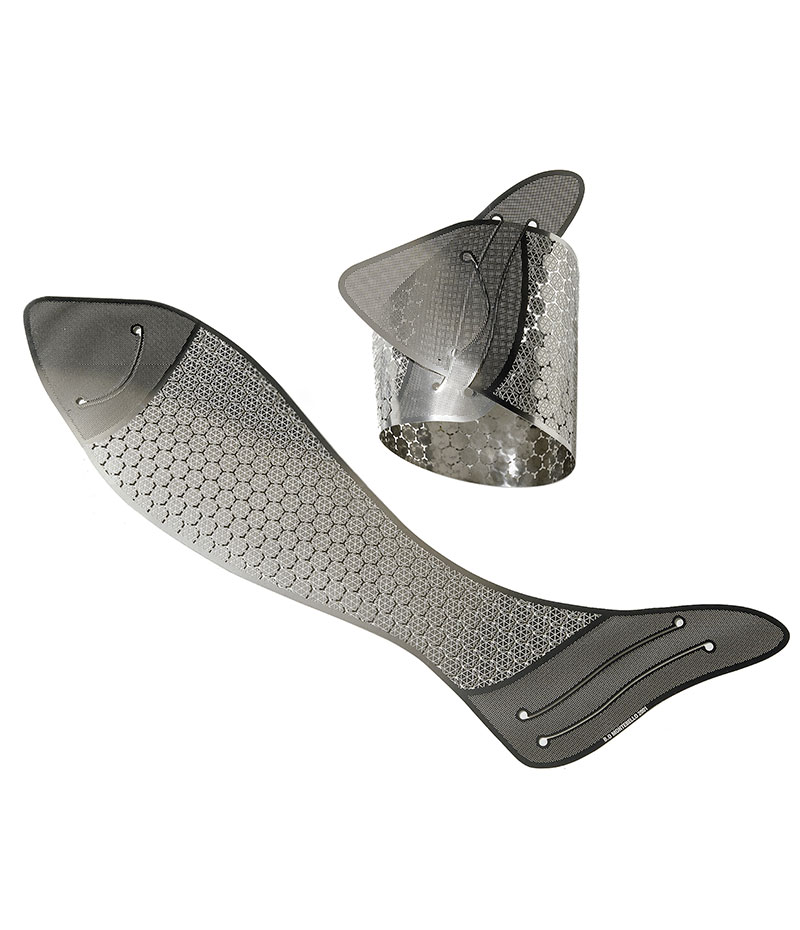
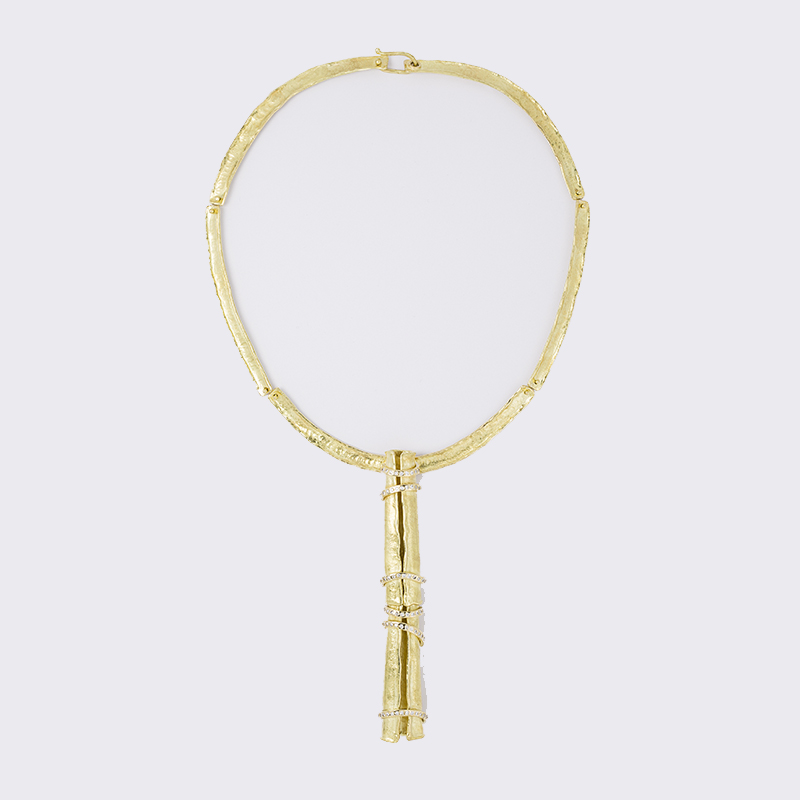
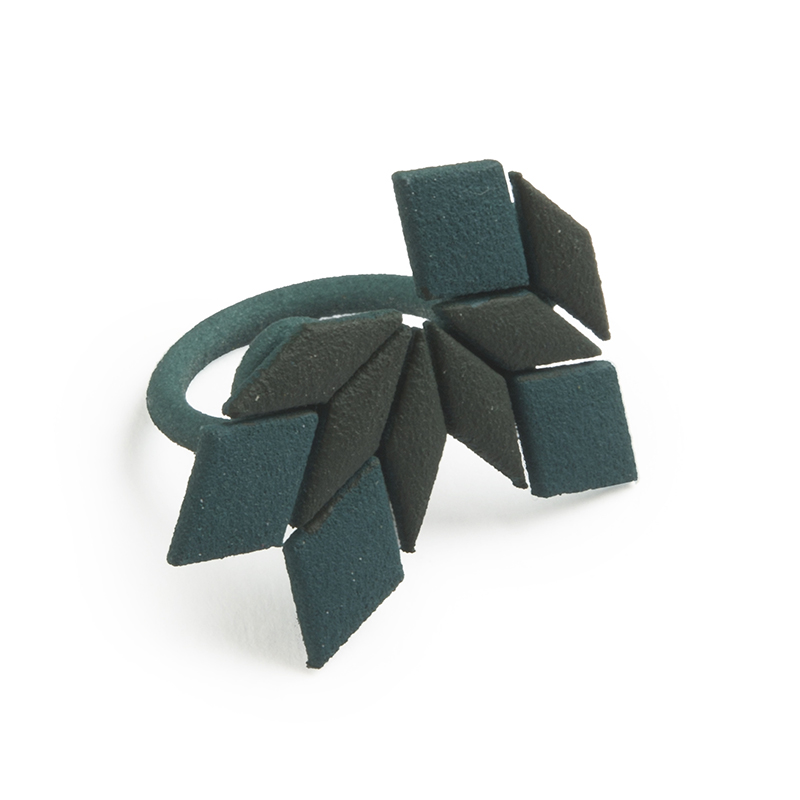
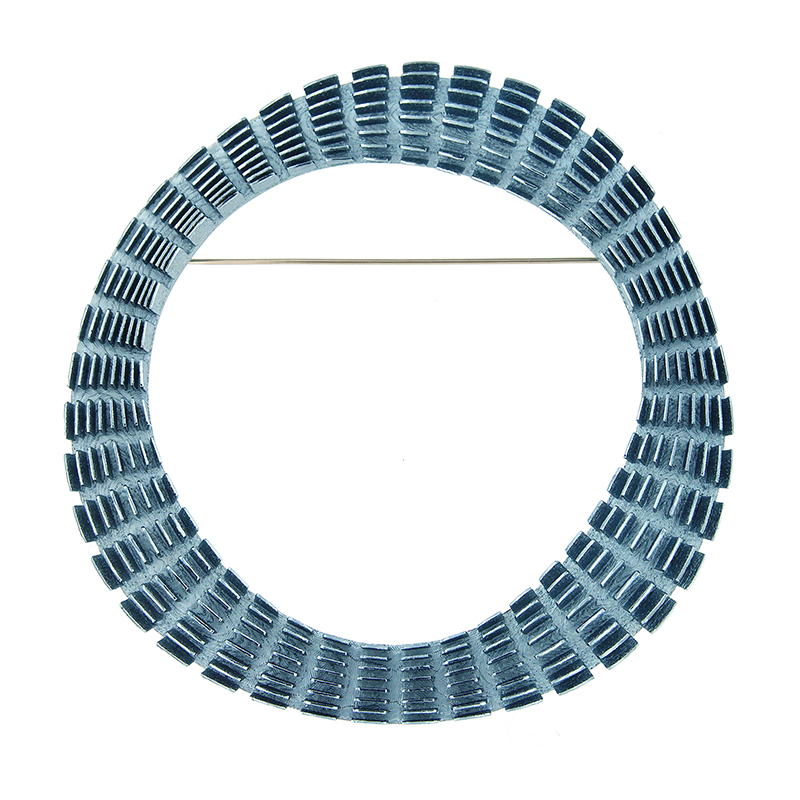

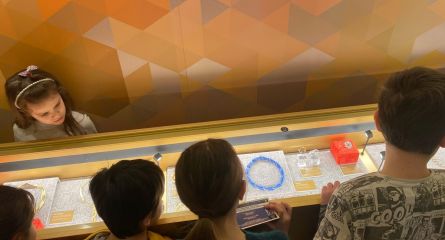
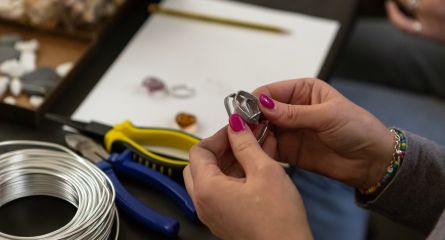
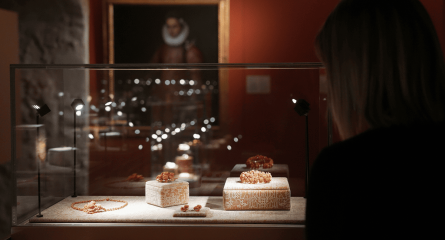

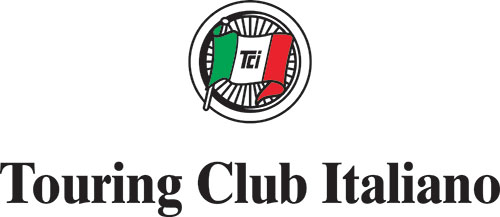
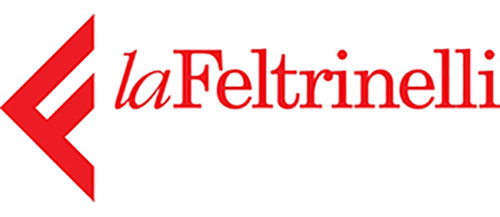






Follow us on social networks
Subscribe to the newsletter